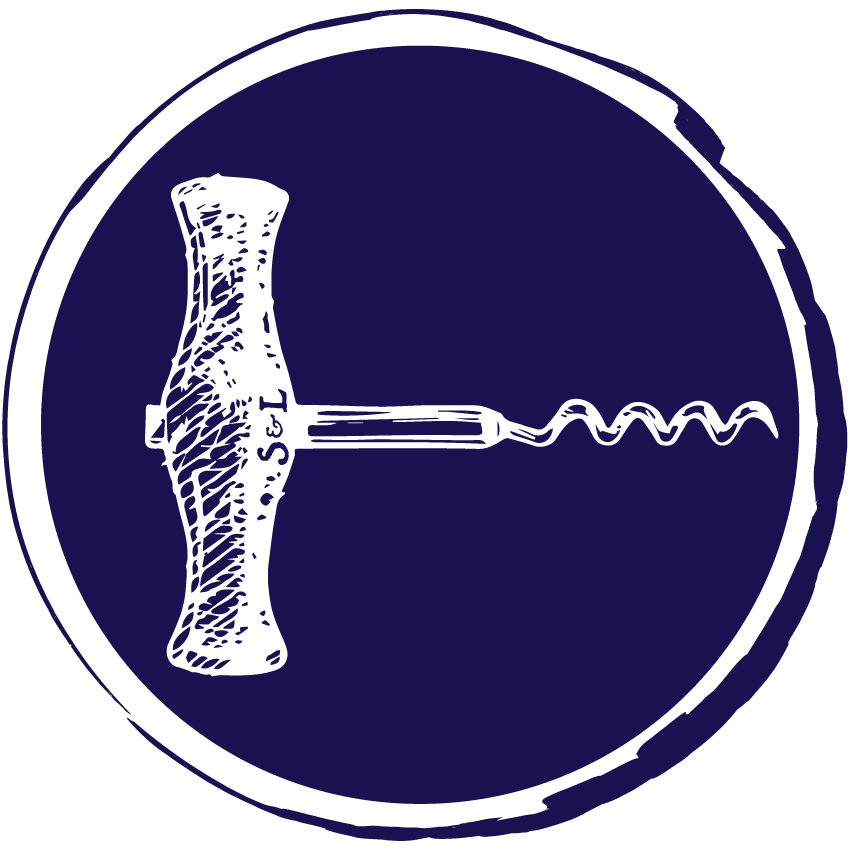Rosé is not just a season
Rosé in all of its forms has never been more popular here in America. It has spilled over into many of its surrounding categories: rosé cider, rosé gin, and of course, every major sparkling category has a rosé. Rosé has become a lifestyle upon itself.
Basic facts about rosé production are important before we go any further. Two ways (though there actually is a third also) of making rosé wines are through the saignée method and the direct press method. Saignée method is wine bled off from the early parts of red wine production. Direct press is a wine that was intended to be a rose and is macerated on red skins (normally..) to produce a wine with a tinted color. Most historians / wine professionals agree that rosé as a style originated in Provence utilizing Phoenician vine cuttings. There is zero consensus on time though and it probably doesn’t matter. The pale pink style of Provencé rosé is what Europe and then later the United States fell in love with.
You now have the basics on Rosé, so let’s hit upon our current situation. Great rosé wine styles are being made all over the world, from New Zealand to Germany. This month’s article is to introduce you to some of these other regions and styles of rosé.
Let start in Central France, where another perennial favorite here in the US is produced. Sancerre is a village we have come to know for their incredibly refreshing sauvignon blanc based wines. There was always a small amount of red wine production in Sancerre which came from Pinot Noir. For a while this made into Sancerre Rouge, a fun spicy alternative to Burgundy. In recent years Sancerre producers have turned to making a rosé from those same Pinot Noir vines. Happiness ensued all over the wine world! Well probably not but this wine sure makes me happy. Normally made using the Saignee method, these roses are bold, tart and full of ripe red berry fruit. We currently have two in store (Domaine Martin & Thomas Labaille) and there is not much to be had for quantity sadly.
Still in Central France, we are going to move west to Chinon (a village we have sure mentioned before). Chinon grows mostly red wine in the form of Cabernet Franc and you should probably try that if you haven’t. As I mentioned on top you can divert some of this red wine production to rosé if you are willing to give up some red wine! Chinon Rosé is born and this is a whole different monster (flavors are most assuredly more powerful the longer they wait to siphon off this wine). Spicy, bold fruit that is full of flavors like dark cherry, cranberries these wines are a massive amount of fun. They also have the capacity to age (because they are basically one step from red wine). We currently have two in store right now from producers that also make only a small amount each year (Bernard Baudry and Olga Raffault).
We are moving east now to Austria and their northern neighbor Germany. Both countries have been a little late to the coming in producing rosé styles (especially for the purposes of export). Does not matter because what we have available from now is amazing. We start in the region of Burgenland (borders Hungary) with two wines that have nothing in common. Prieler Vom Stiem uses the saignee method to make their Blaufrankisch Rosé. This is a deceptively deeper shade of rosé but it full of candied watermelon and bright strawberries. Body and texture are more something you would find in a lighter red making this perfect for the grilling season. Light pink rosé goes with basically everything but if you are grilling a 2 inch steak you probably want some Blaufrankish rosé instead …(even reading that last sentence to myself made me laugh). Next up is Heidi Schrock and her Tour De Rose, which features an truly enormous number of varietals. ( Lagrein, Teroldego, Petit Verdot, Syrah, Pinot Noir, Merlot, Cabernet Sauvignon, Zweigelt and Blaufränkisch). This is made using the direct press method and is obviously a little complicated flavor wise. Melon, citrus, red apple, and red berries are all over this wine and does not leave your palate neglected anywhere. This could easily be one of the more unique and delicious things I have tasted, just don’t force me to memorize the grapes. Last focus for us is in Germany for a winery we mentioned last month. Kruger-Rumpf Rosé is made from Pinot Noir (Spatburgunder in German) and is all the best parts of Sancerre rosé but leaner and somehow more refreshing. (Reference last month’s piece on Riesling if you want to know more about this winery).
Since I clearly have run over my allotted number of words here I will end on a final statement. Great wine can come from anywhere, except Antarctica but I am sure that’s in the works.
Happy June!
David


